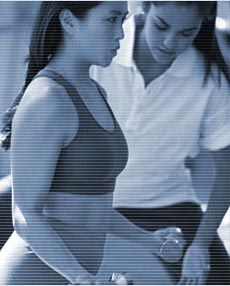| COMMUNITY | WORKOUTS | ADHEARENCE TIPS | FORUMS | TRAILS | CONTACT US |

| Next Event > Include a short description here. |
Think Big! |
As an ex-Olympic athlete and Olympic hopeful, goal-setting is something we take seriously, and is one of the first things we investigate as athletes to kick-start a training regimen. There are many different types of goals and endless way to apply them. This website is designed to show you some effective ways to set goals in order to get results. TYPES OF GOALS DEFINEDHere are the five types of goals defined. Directly below the goal you will find an example of a goal that would fit that category. These types of goals are all good alone but when used together they can be very successful Subjective Goals: General statements of intent such as having fun or doing your best. Example: I am going to go as fast as I can today. Objective Goals: Attaining a specific standard of proficiency on a task, usually in a specified time. Example: I am going to qualify for the state championship by the end of the month. Outcome Goals: Focus on a competitive result of an event such as beating a competitor. Example: I am going to win the state championship. Performance Goals: Focus on achieving standards of performance or objectives independently of other competitors, usually making comparisons with one’s own previous performance. Example: I am going to beat my best time by two seconds. Process Goals: Focus on the actions an individual must engage in during performance to execute or perform well. Example: I am going to make it to every practice this season to fulfill my goals. www.goal-setting-guide.com/smart-goals.htmlSmart Goal setting Key to Long-Term Success in Goal SettingThis is a type of goal setting that can be very effective if used properly. It uses a long-term goal and has the athlete create some more short-term goals. These short-term goals are made to be stepping stones to the long-term goal. In addition, the athlete is asked to come up with three stepping actions that will help them to achieve the short term goals.
EXAMPLE The Road to SuccessThis is an outline for an athlete to make sure they are doing what they need to do to achieve success. With this, the athlete is asked to write a few things that will lead to mediocrity. They will also be asked to write a few things that will lead to success. If they are doing to things listed on their success side then they are on track. If they are continuing to do the things on the mediocrity side, then they are less likely to reach their goal.
Example
|



